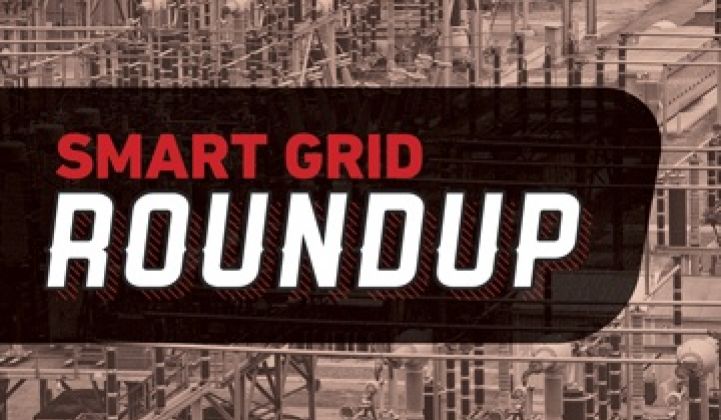Here’s a short list of interesting or noteworthy smart grid news items to start your week, starting with a reminder of how much of the world’s power grid lies underground. In Chicago, Commonwealth Edison announced Monday that it’s refurbished more than 6,200 manholes in the past year, out of a list of about 32,000 it wants to inspect and bring up to standards by 2017 as part of its multi-billion-dollar smart grid program.
Manholes, ComEd explains, are “underground structures containing large electrical cables that power skyscrapers and densely populated residential and commercial neighborhoods.” In other words, for the power lines packed into underground conduits that now make up roughly one-third of the country’s electricity distribution system, manholes are like power poles with ladders to let utility workers reach them, only upside-down and tunneled into the earth.
In cities like Chicago, New York and other dense, older urban landscapes, underground grid systems designed decades ago are facing unprecedented strain from modern buildings’ ever-increasing demand for energy. They’re also more susceptible to flooding during storms, as was demonstrated in spectacular fashion in New York during Hurricane Sandy.
Lots of smart grid work is going on underground, from waterproofing substation power electronics and control gear to networking underground assets via powerline or next-generation wireless technologies. There’s a bit of technology involved in manhole inspection -- ComEd is using 360-degree cameras to scope out manholes remotely, and utility engineers have developed online assessment tools for capturing data from manholes as well.
- Meanwhile, down in Australia, this week saw the publication of one of the first smart grid standards for the country, putting it on pace with similar developments across the rest of the world. Australia’s DR AS 5711 smart grid vocabulary standard covers the basic terms for how smart grid systems will communicate, similar to the common information model (CIM) standards
Tuesday’s release is the first of five standards set forth in last year’s Australia smart grid standards roadmap from the Federal Department of Resources, Energy and Tourism, which is roughly equivalent to the U.K.’s Department of Environment and Climate Change in terms of its purview. Next up will be data security protocols, communication protocols, electromagnetic capability, and interconnection protocols, according to the 2012 roadmap.
Australia has taken a lead in some key smart grid arenas, including its top-notch outage restoration systems, driven by a nationwide law that set strong penalties for letting any outage last more than a few minutes. It has also seen a range of smart meter networking deployments, including some of the world’s only WiMAX-based AMI networks. At the same time, Australia’s deregulated energy market allows an array of pricing programs and tech-assisted home energy management offerings from the country’s retail electricity providers, much as is happening in the U.K., Texas and other competitive power regimes.
- One of the many technologies being deployed to connect utilities and their customers is OpenADR, the California Energy Commission-funded project to create a common protocol for utility-to-customer energy data communications. Big players in the commercialization of OpenADR include demand response automation server maker Akuacom, which was bought by Honeywell, and software developer and architect UISOL, which was bought by Alstom, as well as energy services heavyweights like EnerNOC, Schneider Electric and Lockheed Martin, to name a few.
But the initial version of OpenADR 1.0 was a bit clunky and simplistic for many fine-tuned demand response applications, which has pushed members of the OpenADR alliance to build a 2.0 specification to fill in the gaps. (We’ve covered some of the distinctions between OpenADR 2.0a, which is a bit slower and less feature-rich, and 2.0b, which is still being worked out prior to commercial deployment.)
QualityLogic, which makes the testing and certification tools for OpenADR and its various alliance partners, is a good source of data on just what the various versions of OpenADR can do. In a recent interview with AutomatedBuildings.com, Jim Zuber, chief test architect for the company, laid out a useful primer on the differences between the A profile and the B profile.
The OpenADR Alliance released a 2.0a specification in April 2012, but that still lacks some critical capabilities -- including fast-response times of within 4 seconds -- that are promised from OpenADR 2.0b. Fast response times and closed-loop verification of power-use shifts will be important for utilities and vendors that want to automatically adjust power usage to balance grid instability, or in helping to mitigate the intermittent nature of wind and solar power.



